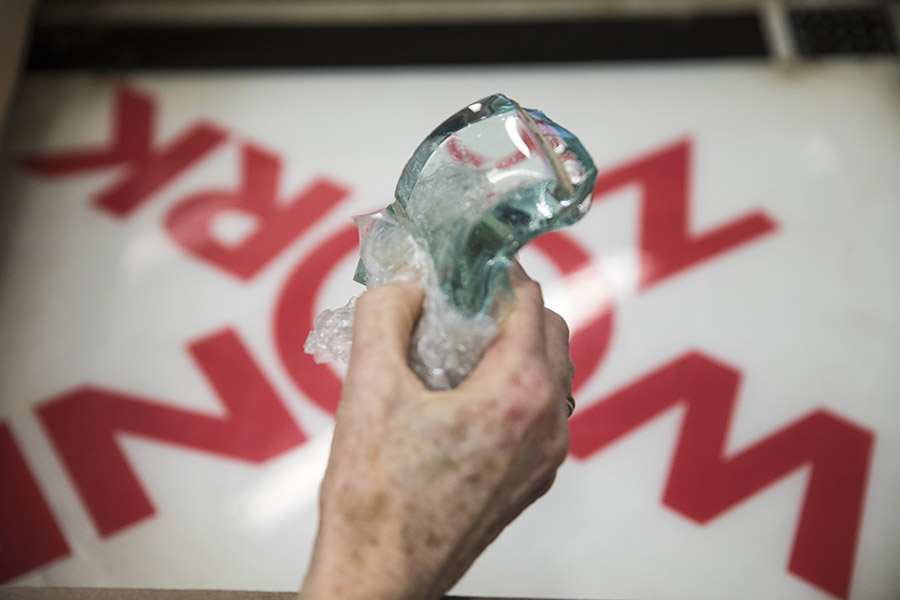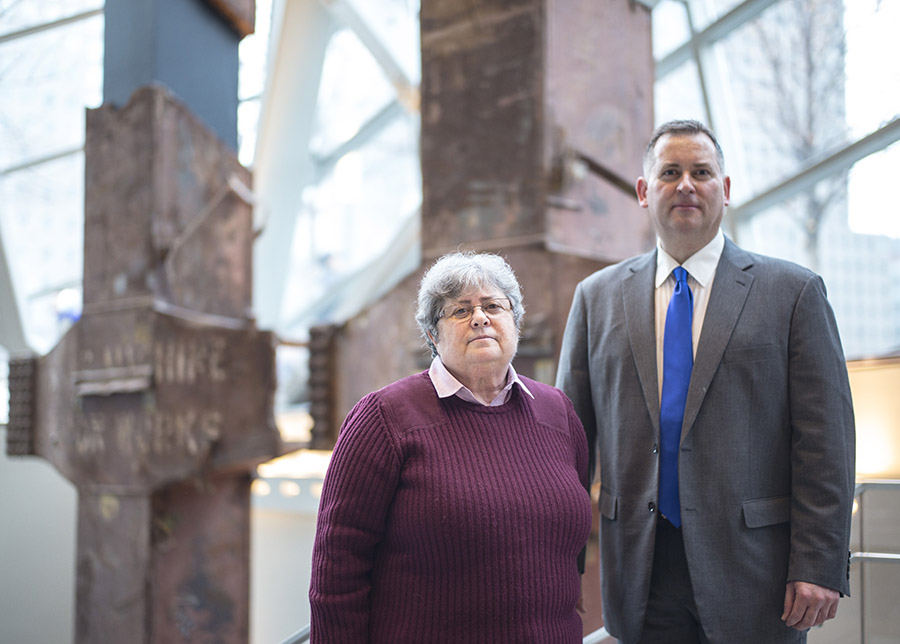When the story of the 1993 World Trade Center bombing arrests is told much is made of how authorities were waiting for one of the plotters when he returned to the rental company in Jersey City looking to get his $400 deposit back for the truck that was packed with explosives.
But that dramatic sting operation would never have occurred and the perpetrators may never have been captured at all, if it weren’t for a stroke of luck that was met with some solid forensic knowledge that helped investigators quickly close in the perpetrator who rented the van before he had a chance to run.
The bomb blast that killed six people and injured more than 1,000 also caused massive destruction to the North Tower and the nearby Vista Hotel. Although the damage was not visible from street level, the explosion created a crater that was 150-feet wide and spanned six floors of the complex below ground.
That crater was filled with 4,000 tons of rubble – a crime scene that did not look like it would offer up clues so easily.
“But what happened was this piece… was thrown out of the crater a certain distance and it was discovered fairly quickly,” former federal prosecutor Michael J. Garcia recalled at 9/11 Museum public program in 2015.
The terrorists most likely thought the level of destruction was so severe that it would safely cover their tracks, Garcia said.
“I think what [the perpetrators] perceived was this van, which was packed with more than a 1,000 pounds of explosives, was obliterated, so there was no way anyone was going to trace that,” Garcia said.
And the truck fragment was not just any fragment: it had the vehicle identification number intact, giving investigators a direct connection to track down.
“By the time Mohammed Salameh, who is the one who was taped at the Ryder rental place, goes back really he really had no expectation that law enforcement was going to be on to the fact that a Ryder van from that rental place in New Jersey had been used in the bombing,” Garcia said. “But it really was a great break. And once that happened, the arrests came very quickly.
Salameh was cuffed on the spot. By March 1994, co-conspirators Ahmad Ajaj, Mahmud Abouhalima and Nidal Ayyad had been arrested and convicted in the bombing. Two months later, they were each sentenced to 240 years in prison without the possibility of parole.
The mastermind of the 1993 attack, Ramzi Yousef, however was able to flee the country hours after the attack. He was arrested two years later. But during that time he plotted a series of terror attack with his uncle, Khalid Sheikh Mohammed, the man who would later emerge as the mastermind of the 9/11 attack.
By 9/11 Memorial Staff


